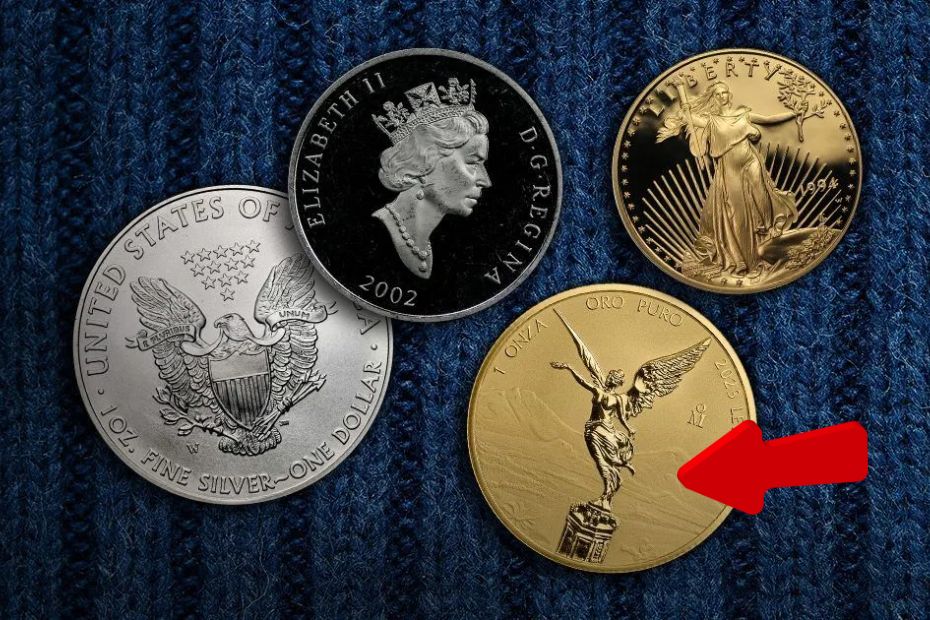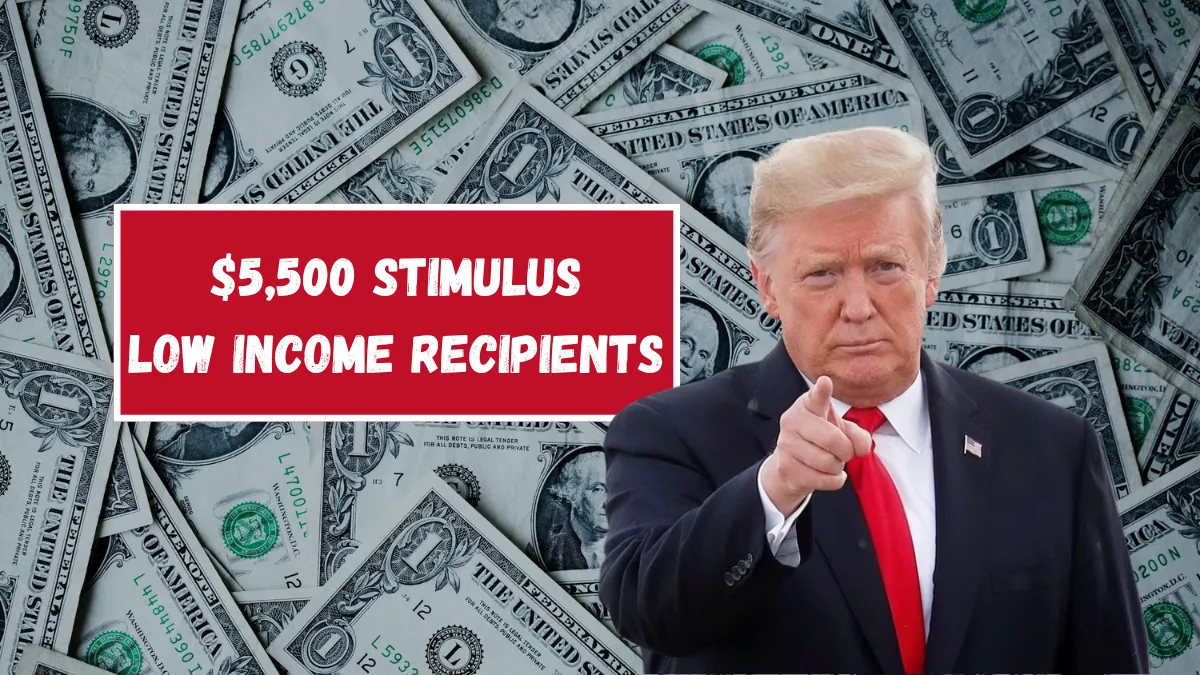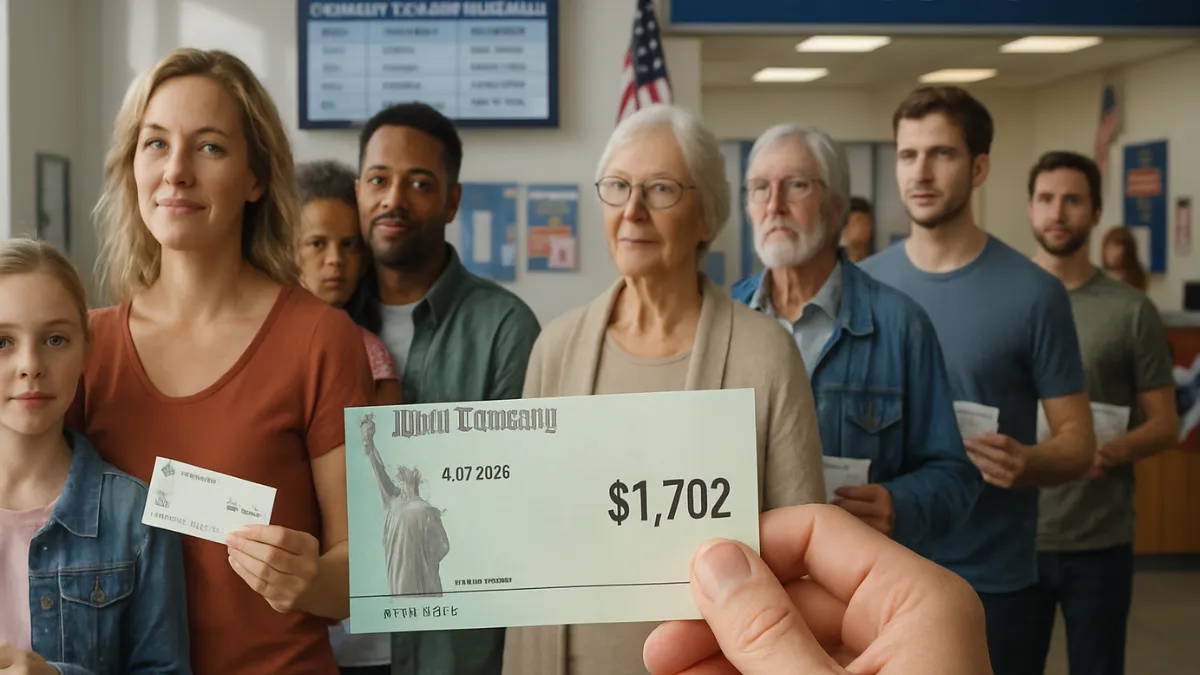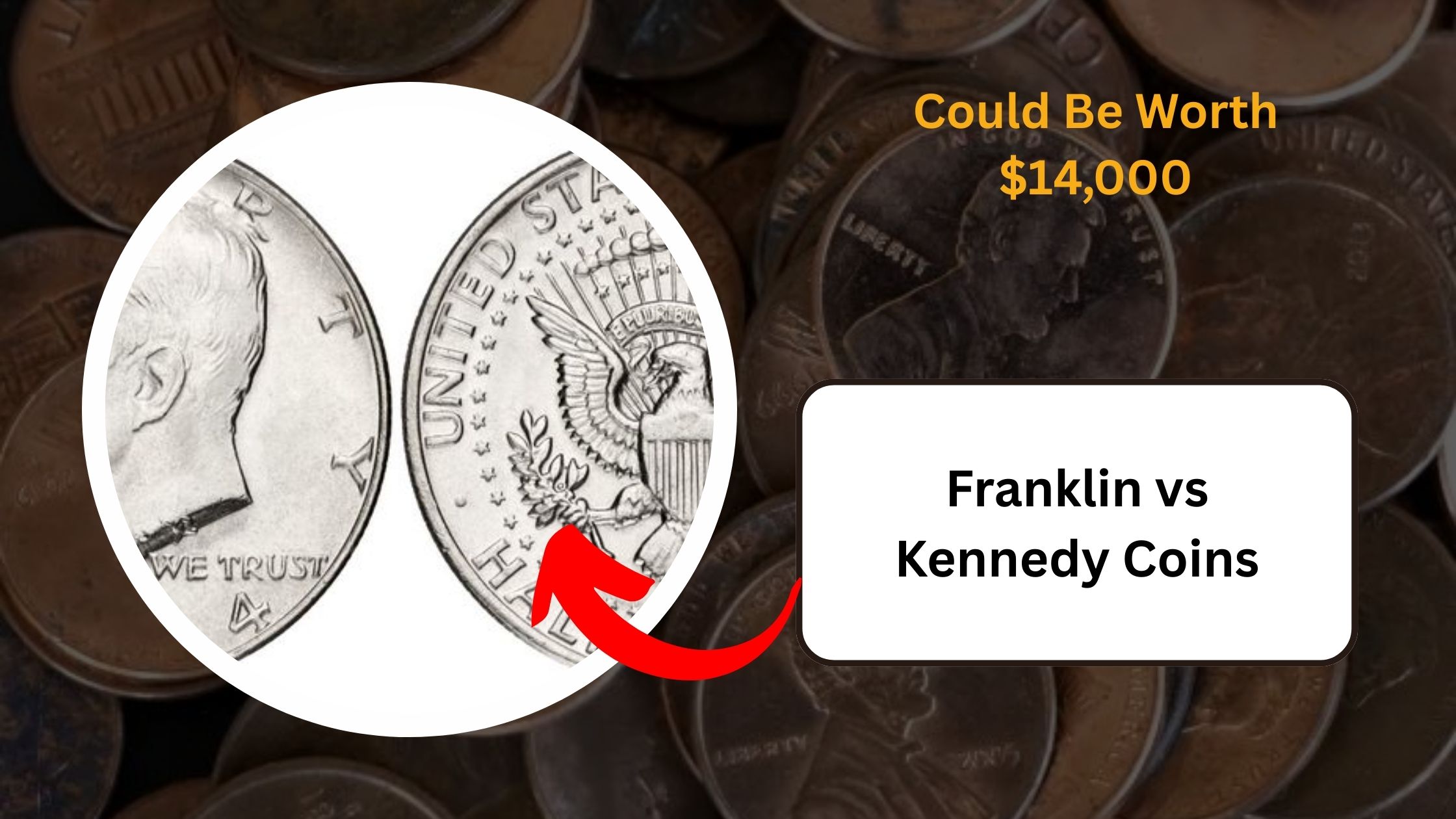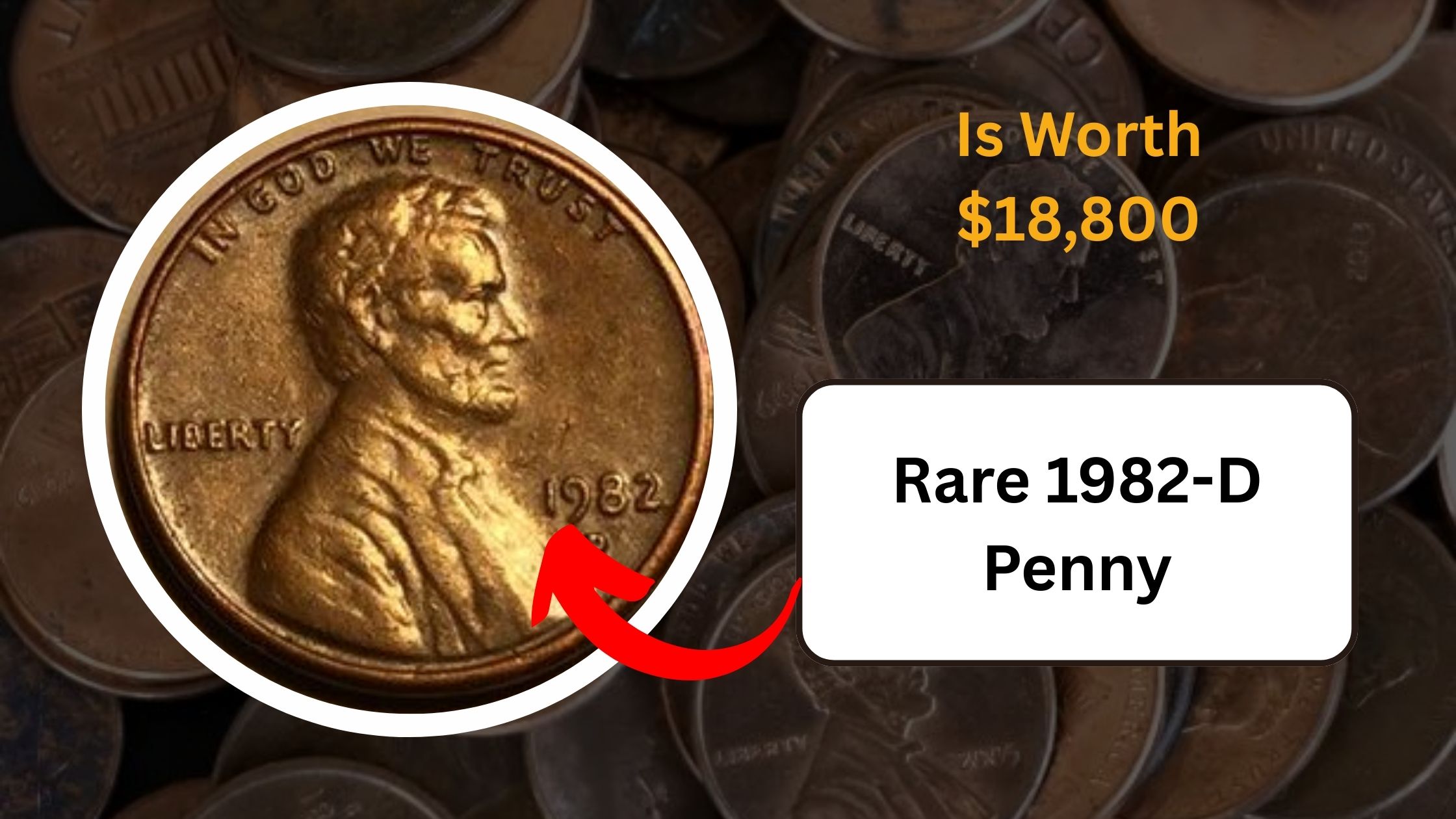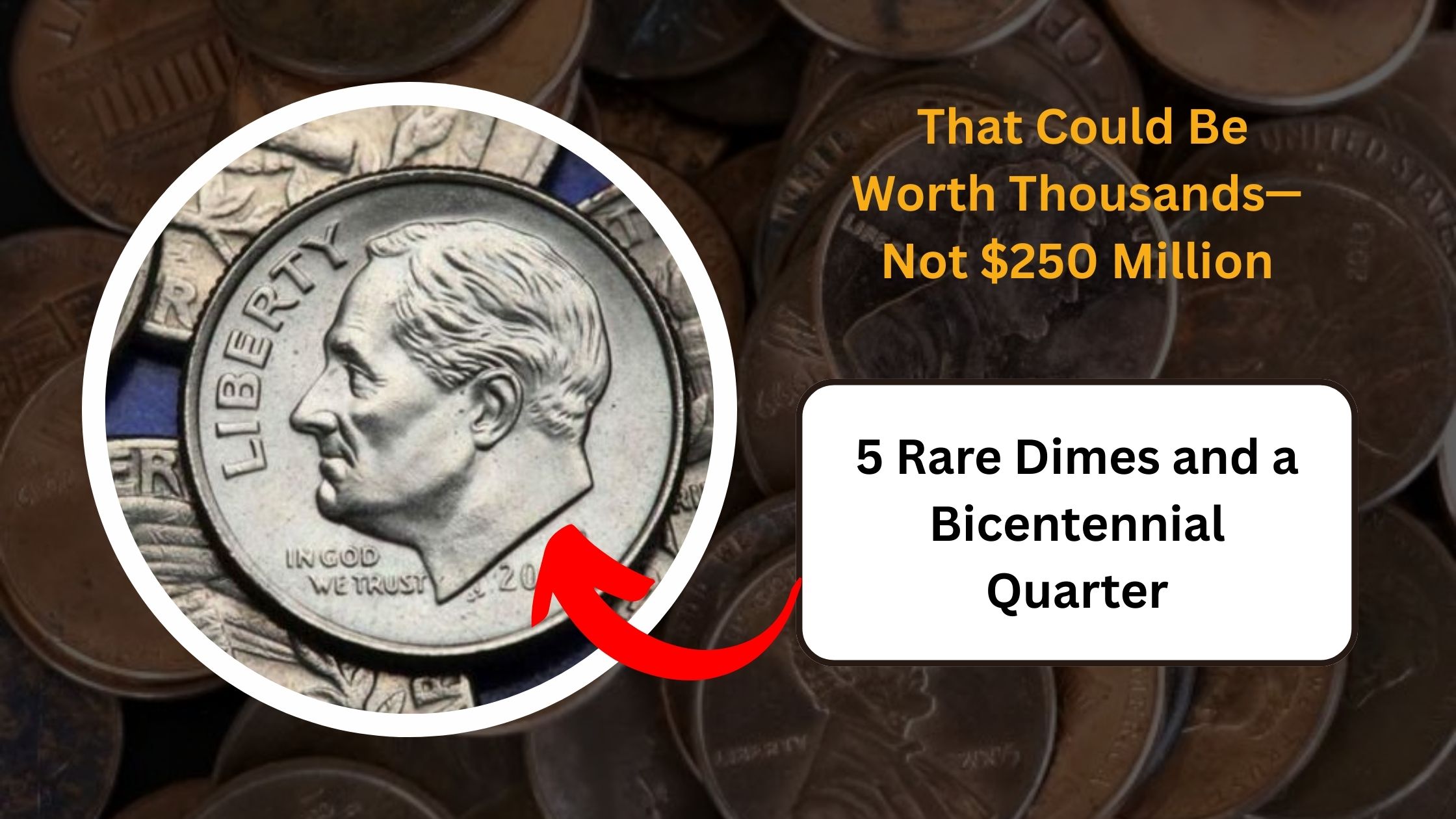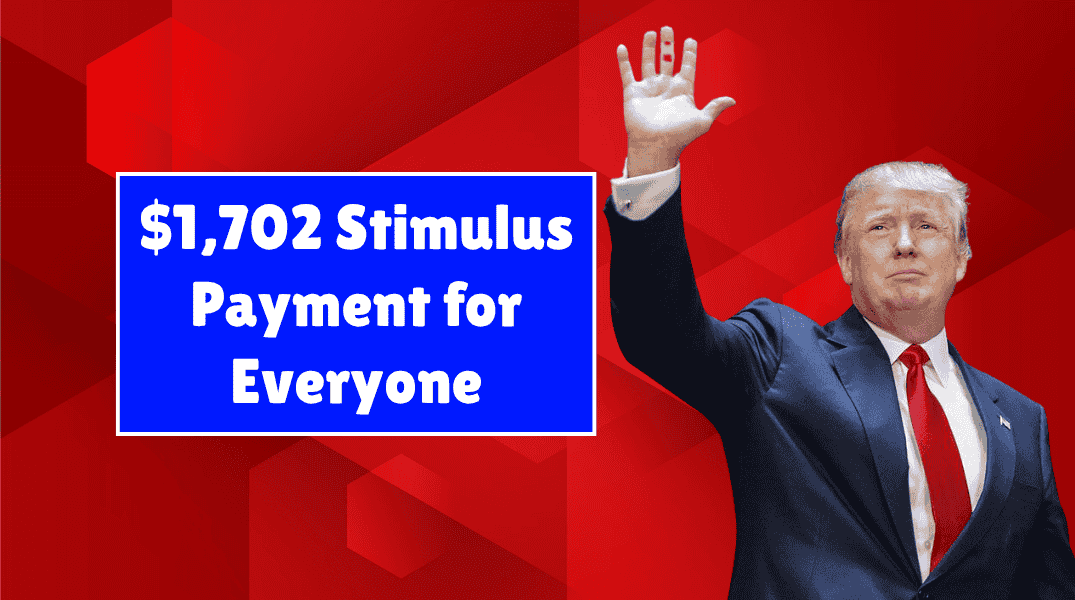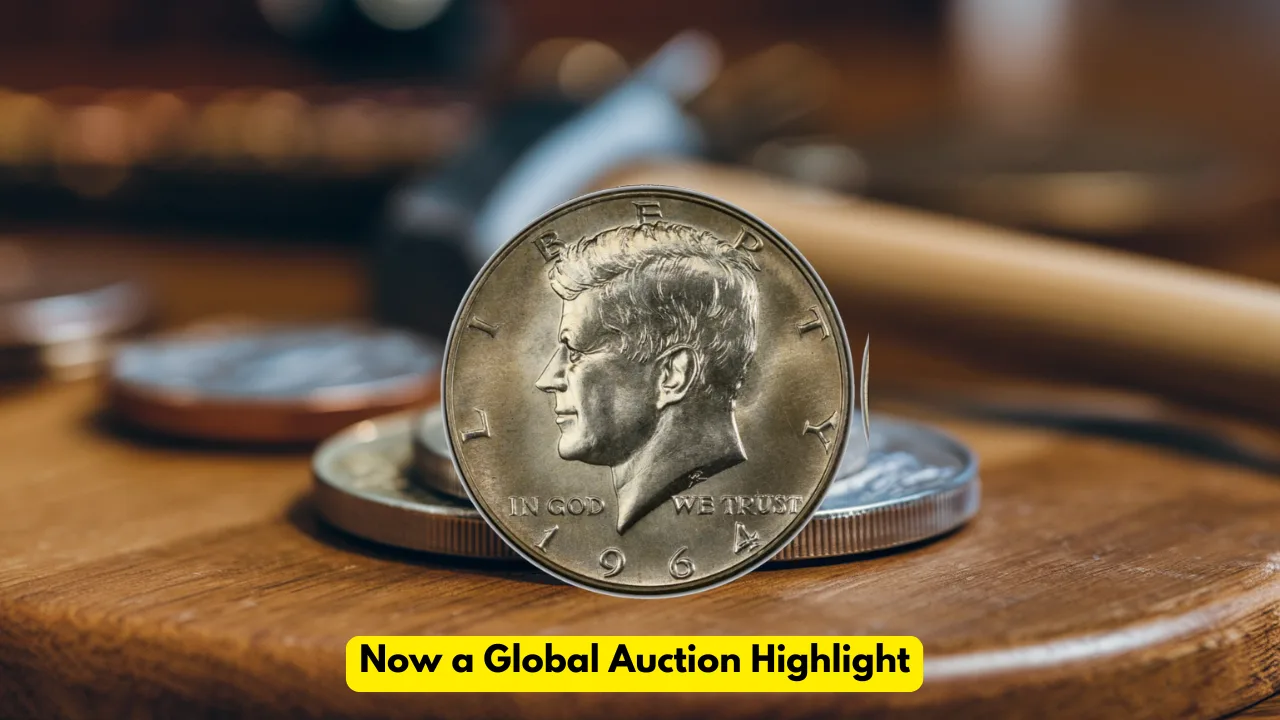Uncirculated coins are some of the most prized coins in the world of collecting. These coins look brand new, just like the day they were made at the mint. Unlike regular coins that go into pockets, cash registers, and piggy banks, uncirculated coins never enter everyday use. That’s what keeps them in top condition and makes them extra special.
If you’re curious about coin collecting or want to know why some coins are worth more than others, learning about uncirculated coins is a great place to start.
What Does “Uncirculated” Mean?
When a coin is called “uncirculated,” it means it has never been used in normal day-to-day transactions. It has not been touched by lots of hands, bounced around in wallets, or been exposed to dirt or damage. Because of this, the coin still looks fresh, shiny, and full of detail—just like it did when it left the mint.
Even though all coins start out uncirculated, most get used very quickly. Only coins that are carefully set aside or sold directly to collectors keep their uncirculated condition.
Key Features of an Uncirculated Coin
Uncirculated coins have several things that make them stand out:
- No wear and tear: The designs are sharp, and there’s no fading or flattening on high points like faces or wings.
- Original luster: These coins have a shiny look called “mint luster,” which can create a cartwheel-like shine when you move them under light.
- No scratches from circulation: Though a few tiny marks from the minting process are okay, they shouldn’t show signs of being passed around.
How Uncirculated Coins Are Graded
Uncirculated coins are graded using a special scale called the Mint State (MS) scale, which ranges from MS60 to MS70:
- MS60: Still uncirculated but might have small marks or duller shine.
- MS65: Very attractive with only minor flaws.
- MS70: A perfect coin with no marks at all—these are extremely rare and valuable.
The higher the number, the better the condition. Coins with higher grades are worth more to collectors.
Uncirculated vs. Proof Coins: What’s the Difference?
Some people confuse uncirculated coins with proof coins, but they are quite different:
| Feature | Uncirculated Coins | Proof Coins |
|---|---|---|
| Made for | Collectors and circulation | Collectors only |
| Finish | Natural mint shine | Mirror-like, polished finish |
| How they’re made | Struck once | Struck multiple times for detail |
| Value | Often valuable | Usually more expensive |
Both types are collectible, but proof coins are more detailed and shiny because of how they’re made.
Are Uncirculated Coins Worth More?
Yes, uncirculated coins are usually worth more than regular circulated coins. This is because they:
- Are in better condition
- Are more attractive to collectors
- Can be made from valuable metals like silver or gold
Some uncirculated coins sell for only a little more than face value, while others—especially rare or high-grade coins—can be worth hundreds or even thousands of dollars.
How to Keep Uncirculated Coins in Good Shape
To keep an uncirculated coin in mint condition:
- Hold it by the edges—never touch the front or back
- Store it properly in a coin holder, capsule, or case
- Never clean it—cleaning can leave scratches or ruin its value
Taking good care of your coins will help keep their shine and value for years to come.
Conclusion
Uncirculated coins are coins that have never been used in daily life. They keep their beautiful shine, crisp details, and full value. Graded on a scale from MS60 to MS70, these coins can be a great start for new collectors or smart investments for more experienced ones. They’re not only cool to look at but also offer a real connection to history and the minting process.
If you ever find an uncirculated coin—or buy one from a mint or coin dealer—you’ll be holding something rare and valuable that stands out from the coins we use every day.
